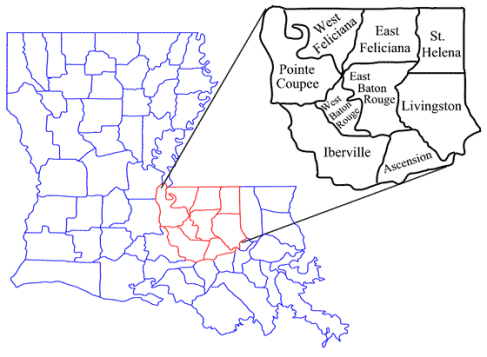In case you didn’t notice, that’s my giant face in an awkward position on that Youtube freeze-frame. It seems only appropriate that for the last blog post of the semester, we meet face to face. Well, kind of. More like my face to your screen. I took the first step; ball’s in your court now.
But phew, what a semester this has been.
I learned that service-learning isn’t a trap. I learned that public relations isn’t about making up promotions. I learned how to adequately write on behalf of organizations. Even though it’s basically the worst thing ever, I even learned how to put Microsoft Word in its place and do what I want it to do every now and then.
One could even venture to say I’ve become PR proficient.
I feel like we’ve touched all our bases this semester, which has made me feel confident in my ability to write in a public relations capacity. I can tell you the proper memo format off the top of my head, I can write a news release that will get picked up (proof) and I can write a speech that will cause listeners to think. Another aspect of this coursework I’m thankful for is how we’ve completed assignments for all different types of media. For example, we’ve done news releases for print, social media releases for online and public service announcements for both radio and television.
It turns out, Jensen Moore’s course learning objectives weren’t as lofty as I initially thought they were.
Let’s break them down:
- Understand client, audience and media information and format needs. After all this, it feels like BRAC and I go waaaay back. After investigating their target audience, mission, history and running a SWOT analysis, we can’t help but feel like we know everything there is to know about the nonprofit. We’ve spent the semester stalking BRAC, so I feel like we understand it pretty well.
- Demonstrate skills in locating, evaluating, and synthesizing research materials. Did I mention our SWOT analysis? Oh, and the SMP. I can’t tell you how many Google searches I’ve conducted about teenagers’ nasty habit of texting and driving.
- Understand the importance of truth, accuracy and fairness in the information gathering and distribution processes. This was something I’ll admit I didn’t see coming in this course. I thought PR was straight promotions, but it turns out it’s not. It’s about sharing the facts on your specific client. Yes, we’re trying to make them look good, but nothing is invented in the process.
- Demonstrate skills in writing copy on long and short deadlines and within space, time and platform requirements. News release due by the end of class? No sweat. Oh, you want it next week? Gotcha covered there too. We had a variety of deadlines, but this didn’t affect me much — I’m a newspaper editor; I live by deadlines.
- Produce and critically analyze story ideas and materials intended for diverse audiences and media platforms. Three words: Jensen’s red pen.
- Create and deliver professional speeches and presentations that clearly and concisely convey messages to internal and external audiences. I mentioned earlier the speech we wrote and performed for Jensen, but I neglected our end of semester presentations. These are a big deal and will be the true test of our communication skills because we’ll be in front of external audiences — not just our professor and classmates.
- Demonstrate knowledge of Associated Press style requirements. The disc jockey played three sets from 10 p.m. to 2 a.m. that featured artists Skrillex, Diplo and some other electronic performer. How’s that? RIP Oxford commas.
- Establish and maintain positive client relationships and work as a part of a public relations team. Bengal Communications ❤ BRAC
- Create professional communications using technologies such as InDesign, Photoshop, Dreamweaver, etc. I’m the design director. It’s my job to play on these programs!
- Develop and refine a professional digital portfolio. Here ya go. It’s still very much under construction, but it’s here nevertheless.
So, in short, it’s been a very successful semester. I’ll probably take a bit of a hiatus, posting only occasionally, but I’m looking forward to picking back up where I left off and putting the skills I gained this semester to use in the fall for my campaigns capstone course.


